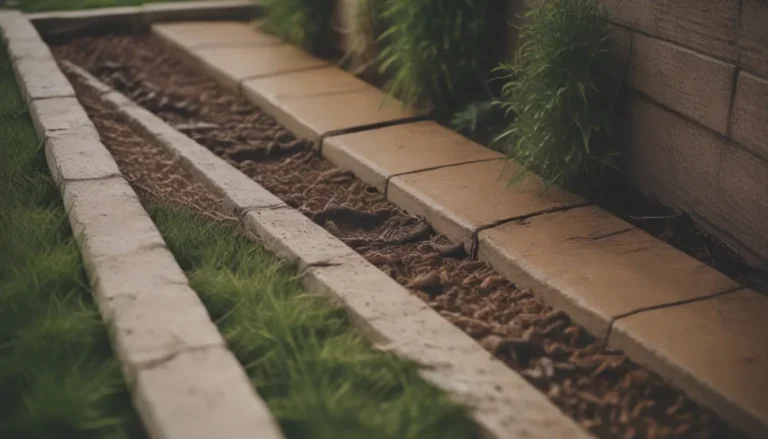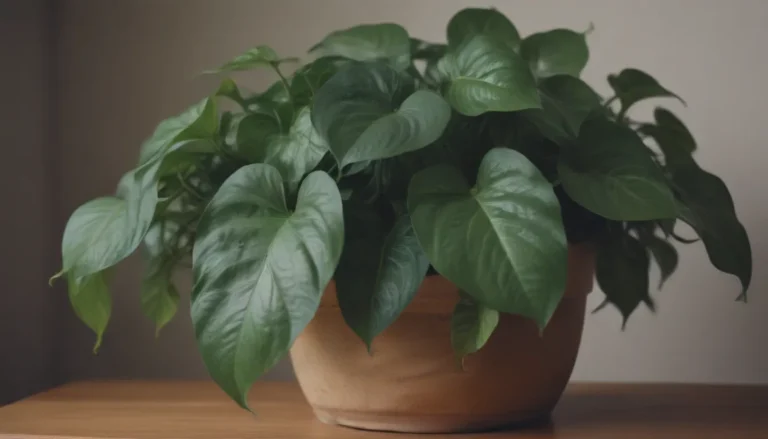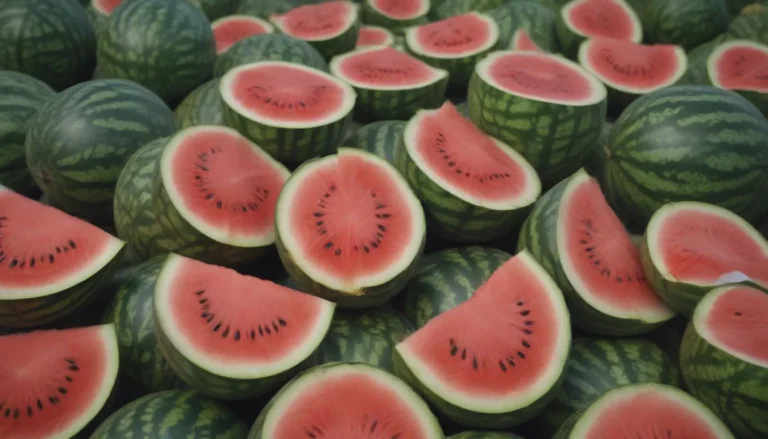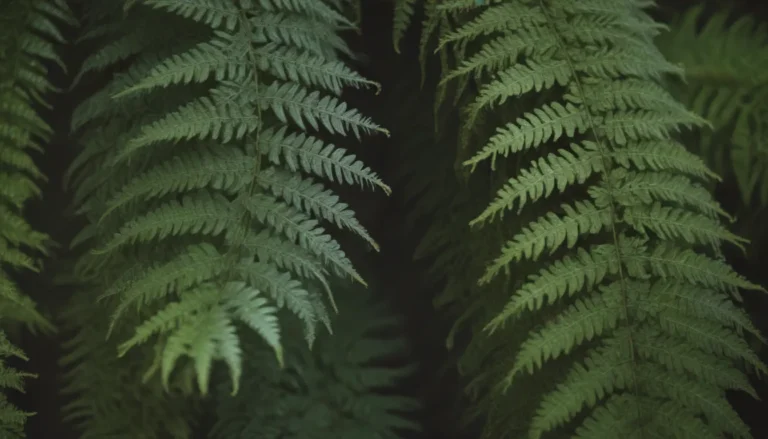Everything You Need to Know About Growing Herbs in Containers
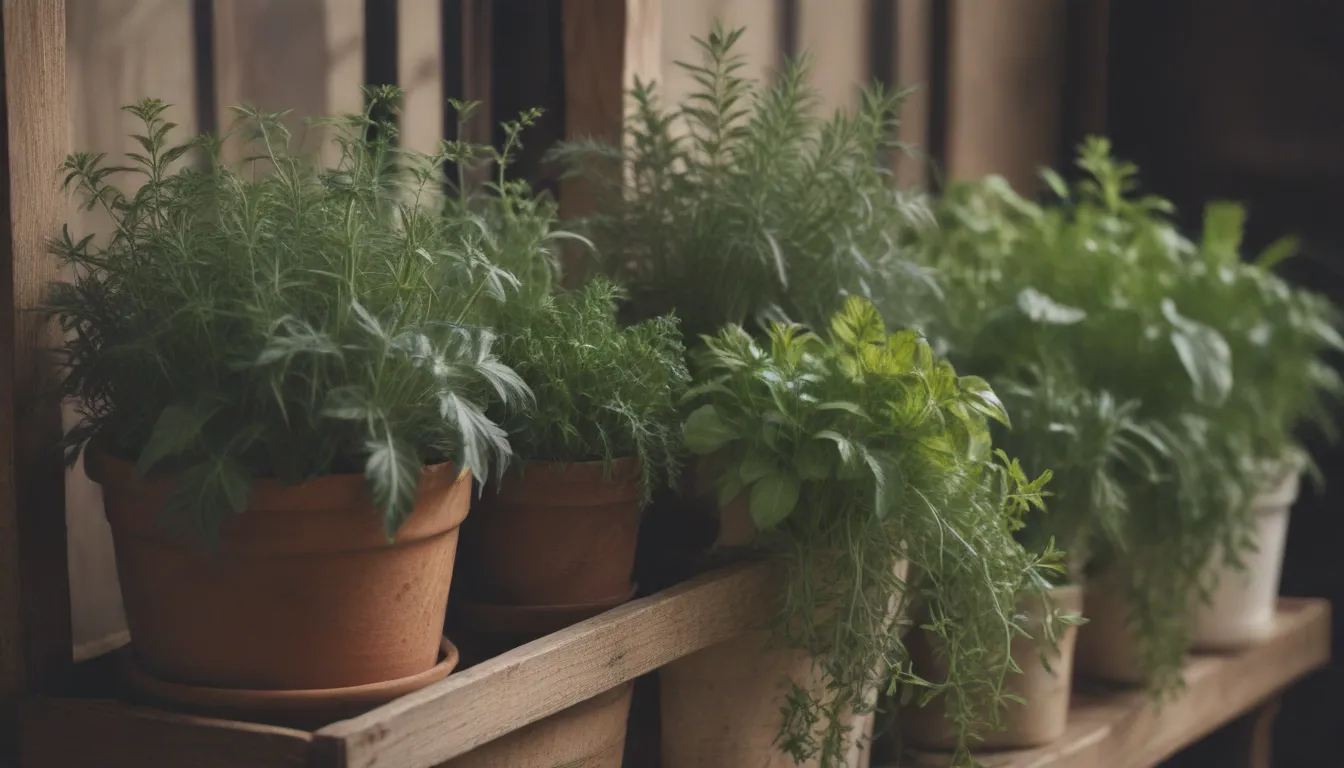
Are you interested in starting your own herb container garden but not sure where to begin? Look no further! In this comprehensive guide, we will cover everything you need to know to successfully grow herbs in containers.
Herb container gardens are not only convenient but also a great way to have fresh herbs right at your fingertips. Whether you have a small patio or a large garden, growing herbs in containers can be a fun and rewarding experience. With the right planning, container selection, planting techniques, and care tips, you can have a thriving herb garden in no time.
Planning Your Herb Container
When planning your herb container garden, it’s essential to consider the specific needs of each herb you want to grow. Different herbs have different sunlight, water, and soil preferences, so it’s important to choose herbs that have similar requirements when planting them together in the same container.
For example, rosemary prefers hot and dry conditions, while parsley needs consistent moisture. Therefore, they would not be ideal companions in the same pot. When mixing herbs in a container, make sure they have similar growing requirements to ensure they all thrive.
Additionally, herbs can serve as decorative elements in a container garden, adding texture and scent when mixed with annuals or perennials. Be sure to pair them with plants that have similar needs and won’t overcrowd or choke out other plants in the container.
Choosing a Container for Herbs
When selecting a container for your herb garden, the options are almost endless. As long as the container has good drainage, you can use just about anything to plant your herbs. Most herbs have small root systems, so you can get away with relatively small containers.
If you’re growing herbs that prefer drying out between waterings, smaller containers may be suitable. However, keep in mind that smaller containers have less soil, which means there’s a smaller margin of error with watering. Some herbs thrive in self-watering containers, such as chives, parsley, marjoram, and mint, as they like a constant level of moisture.
On the other hand, herbs like oregano, thyme, rosemary, and basil prefer to dry out between waterings and wouldn’t do well in self-watering containers.
Planting and Caring for Herbs
To help your container herbs thrive, it’s essential to provide them with the right soil, sun exposure, and fertilizer. Use a high-quality potting mix that allows for good drainage to prevent the herbs from drowning. Most herbs require full sun for at least six to eight hours a day, but be mindful of extreme temperatures that can affect your container herbs.
Avoid overfertilizing your herbs, as most herbs don’t need much fertilizer. Some herbs, such as thyme and oregano, actually thrive on neglect and may lose flavor if overfed. Tailor your care to each herb’s specific needs to ensure they grow healthy and strong.
Harvesting Your Herbs
When it comes to harvesting your herbs, the key is to snip and pinch back often. Consistent harvesting encourages the plants to branch out and fill in, resulting in a better overall harvest. Avoid cutting more than one-third of the plant during the growing season to promote healthy growth.
Different herbs have varying harvesting techniques. For example, basil leaves should be harvested regularly, while flower buds should be removed to prevent the plant from going to seed. Herbs like chives and dill have edible flowers and seeds, while others like oregano and basil can become bitter if allowed to flower.
At the end of the growing season, you can bring your herb containers indoors if you have enough sunlight. Some herbs are easier to keep alive indoors during the winter, so give it a try with all your container herbs. If you have excess herbs, consider giving them as gifts or drying them for year-round use in your cooking.
Companion Planting and Troubleshooting
Companion planting can be beneficial for herbs, as some herbs grow well together when planted in the same container. Basil and oregano, for example, thrive together as long as they have full sun and well-draining soil. Proper spacing and care are essential to ensure your herbs thrive together in the same container.
While most herbs are relatively easy to grow, some can be challenging in certain conditions. Lavender, for example, can be tricky to germinate from seed, and Mediterranean herbs like rosemary and thyme may struggle in dense, clay-like soil. Understanding the specific needs of each herb will help you troubleshoot any issues that may arise in your herb container garden.
In conclusion, growing herbs in containers is a rewarding and enjoyable experience that can provide you with fresh herbs for cooking, aromatherapy, and more. With proper planning, container selection, planting techniques, and care, you can create a thriving herb garden right outside your door. So grab your favorite herbs, some containers, and get started on your herb container garden today!
Remember, the key to success is to pay attention to the individual needs of each herb, provide them with the right care and environment, and enjoy the fruits (or in this case, herbs) of your labor. Happy herb gardening!
